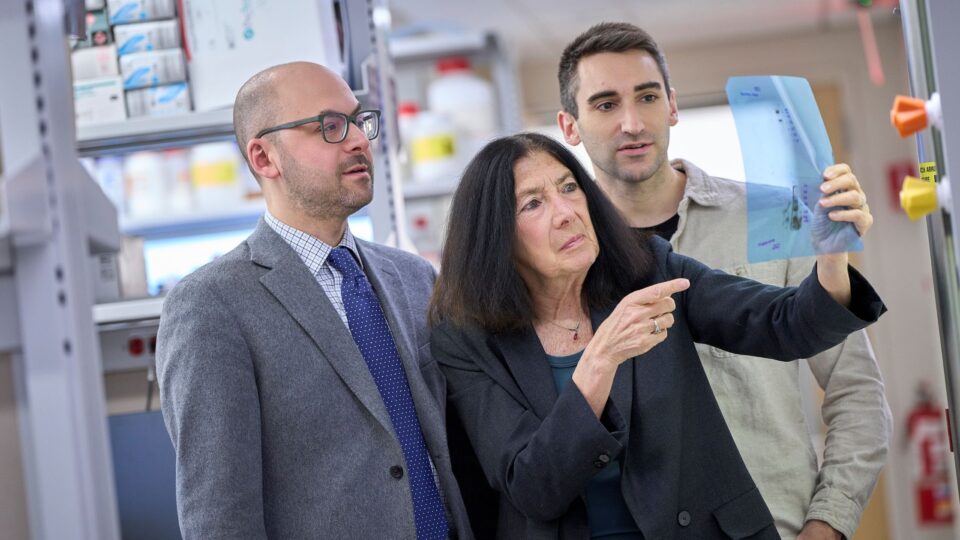Women who undergo a cesarean delivery with the endometrium-free uterine closure technique (EFCT) to close the incision are more likely to heal with small to no residual uterine scar defect than those with a routine closure, according to a new study in the Journal of Ultrasound in Medicine.
“In pregnant women, uterine scarring can lead to abnormal implantation or attachment of the placenta, known as placenta accreta, and cause life-threatening conditions and severe blood loss,” says Clarel Antoine, MD, lead author and a pioneer in the EFCT for cesarean births. “In non-pregnant women, uterine scars can cause other issues including irregular vaginal bleeding, severe menstrual cramps, painful intercourse, and infertility.”
The study compared the prevalence and size of post-cesarean scar defects following the EFCT versus a routine closure technique using saline infusion sonohysterography. The researchers evaluated 45 women with a history of at least one cesarean delivery.
They found uterine scar development was six times higher with a routine uterine closure compared to births with EFCT.
Building Upon Previous Findings
In 2019, Dr. Antoine and his colleagues published a study in the Journal of Maternal-Fetal & Neonatal Medicine showing that none of 727 patients treated with the EFCT during the surgical closure of the uterus experienced placenta accreta in their cesarean scars.
The sample included patients with up to nine consecutive cesarean deliveries and outcomes were positive regardless of the number of repeat cesarean deliveries a person had.
“This showed the exclusion of the endometrium during the EFCT was associated with fewer placental abnormalities in subsequent pregnancies and reduced life-threatening maternal morbidity for future cesarean deliveries,” says Dr. Antoine.
“The exclusion of the endometrium during the EFCT was associated with fewer placental abnormalities in subsequent pregnancies and reduced life-threatening maternal morbidity for future cesarean deliveries.”
Clarel Antoine, MD
Looking Ahead
The latest study further confirms that the EFCT enables restoration of normal anatomy and physiology after cesarean delivery.
“These findings should have a major impact on the way cesarean deliveries are currently performed, which can reduce severe maternal complications and save the lives of mothers nationally,” says senior author Ilan E. Timor, MD, an internationally recognized expert in obstetric and gynecologic ultrasonography.
“These findings should have a major impact on the way cesarean deliveries are currently performed.”
Ilan E. Timor, MD
“Over the years, I’ve examined uterine scars using saline infusion sonohysterography. It’s interesting to see with this study that the patients with an EFCT closure had significantly smaller or even no residual scarring at the site of the incision.”
Currently, the American College of Obstetricians and Gynecologists does not endorse any particular method of closing the uterus after a cesarean delivery. Dr. Antoine and his team hopes this study could inform a rethinking of the current recommendations.







